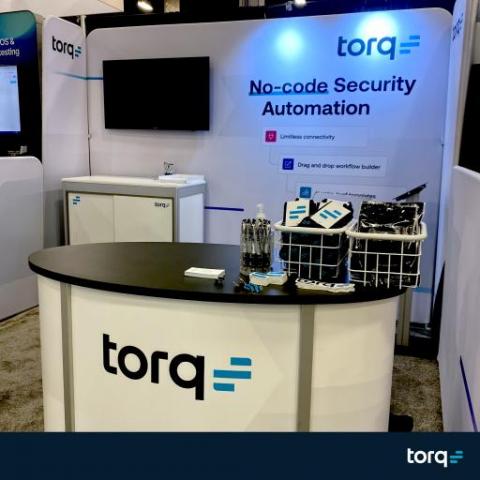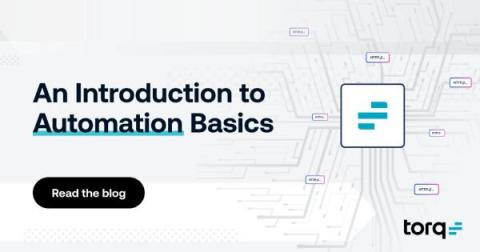Security | Threat Detection | Cyberattacks | DevSecOps | Compliance
Torq
5 Questions to Ask When Developing an Automation Strategy
Automation is like running a marathon. It sounds like a great and noble pursuit until you actually go out and start pursuing it. At that point, it's easy to fail if you don't prepare yourself ahead of time for the challenges that are inherent to the process. Indeed, although automation can provide a number of awesome benefits, whether you actually reap those benefits depends on how easy it is to implement and manage automation tools. And, as many teams discover, doing these things may be harder than it often seems.
Understanding Security Automation vs. Orchestration
“Automation” and “orchestration” are terms that frequently appear within the same sentence – which is unsurprising, because they are closely related. In fact, they’re so similar in meaning that it can be easy to confuse their meanings or assume that there is basically no real difference between security automation and orchestration. But, as with many concepts in the world of IT and security (“observability” vs.
Top SOC Challenges in 2022 According to SANS - Torq Webinar
Hats Off to Black Hat USA 2022 in Vegas
For its 25th year, Black Hat USA presented a “unique hybrid event experience, offering the cybersecurity community a choice in how they wish to participate” virtually or in person. It was a jam-packed four days of trainings, conferences, briefings, special events, and cybersecurity solutions.
Torq Announces 385% Customer Growth and 360% Revenue Increase
Why Torq's Momentum Mirrors the Exponential Adoption of No-Code Security Automation
In just three quarters since Torq was officially launched, our visionary team has delivered a 385% increase in customers, resulting in 360% quarter-over-quarter growth. We’ve also boosted our headcount by 150% and now have more than 100 technology integration partners, including Armis, Orca, SentinelOne, and Wiz. In addition, we recently opened new offices in the UK, Spain, and Taiwan
Why Templates Deliver Critical Best Practice Workflows For Maximizing Enterprise Security
It’s difficult for even the most advanced security teams to stay on top of evolving incursions and ensure their processes effectively map to prevent them. That’s where pre-built templates come into the conversation. No-code, security automation templates can handle the considerable burden of having to maintain and update processes that integrate with a company’s security stack.
An Introduction to Automation Basics
Automation is a powerful tool. With some foresight and a little elbow grease, you can save hours, days, or even months of work by strategically automating repetitive tasks. What makes automation particularly beneficial is that it eliminates manual interaction with multiple systems. Rather than manually uploading data to an event response system or notifying key support personnel of an incident, tying these tasks together through automation can reduce critical time and help resolve problems faster and more efficiently. But, before we can fill in the gaps between all of the platforms we are responsible for, we first need to understand how data moves around on the web and how we can use that process to our advantage.
How Chatbot Automation Benefits Security Teams
When you hear the term “chatbot,” your mind may at first turn to things like robotic customer support services on retail websites – a relatively mundane use case for chatbots, and one that is probably hard to get excited about if you’re a security engineer. But, the fact is that chatbots can do much more than provide customer support.











